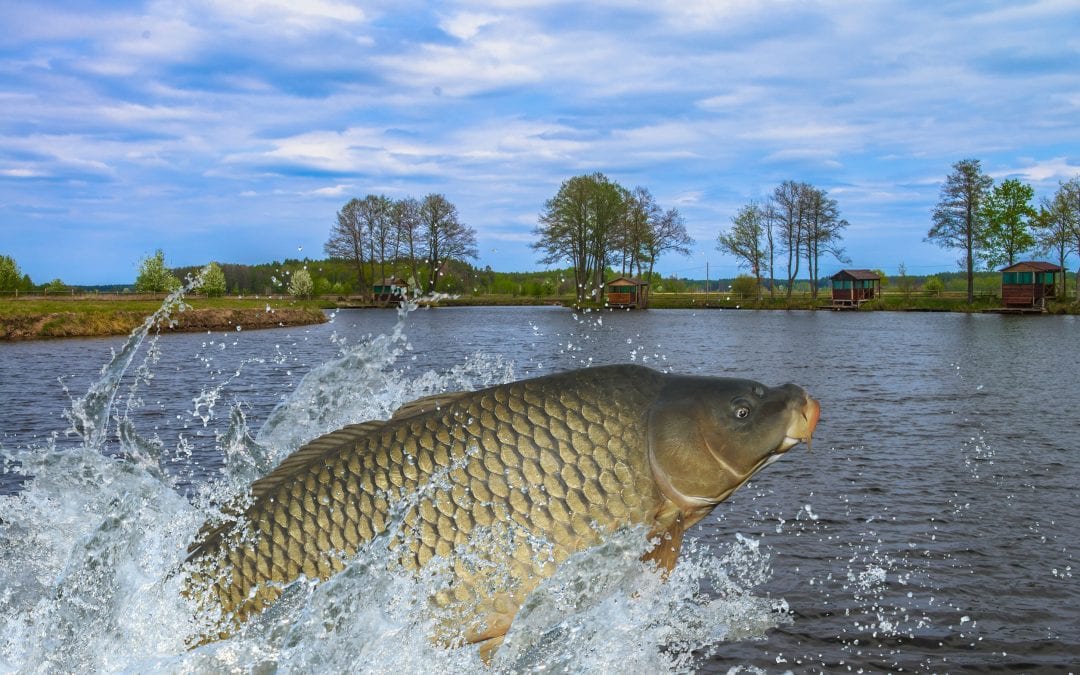“Give me a fish and I eat for a day; teach me to fish and I eat for a lifetime.” It is a line we have heard most of our lives. And, really great fishing lessons…at least in Texas…would always include instruction on the famous Texas rig. Anglers with a hankering for bass find it a must-have for their tackle box.
The logic behind the Texas Rig carries a similar logic of effective mentoring. It starts with a solid grounding. For the mentor, that grounding is an expertise, a desire to foster insight into another person, and a set of values that builds protégé trust and bolsters confidence. The Texas rig uses a sinker to ground the lure to a spot underwater where the fish live. It is interesting to note that a triangular shaped sinker made of lead is the most popular sinker of choice. Triangle is a widely used spiritual symbol—a key feature in effective mentoring. Lead is soft and malleable, like a great mentoring relationship! Lead’s chemical symbol, Pb, is taken from its Latin name that became the origin of the word “plumb”—a tool carpenters use to determine true vertical.
It is important the Texas rig have the proper line size that enables it to effectively handle the weight of the hoped for fish. Most bass anglers use a clear nylon test line that can accommodate at least double the weight of the fish they are likely to catch. Fish can challenge the line by their resistance, not just their weight. And, power jerking the line when a fish strikes is a guarantee the fish will escape. The test line of mentoring is the confidence of the mentor, conveyed in a fashion that is clear and subtle but never with arrogance or dominance.
The next most important item in the Texas Rig is the bead…typically red, but always a bright cheery color. The bead is what initially attracts the fish; much like the mentor establishes a warm rapport at the start of an effective mentoring relationship. The bead is positioned 12 – 18 inches in front of the hook giving the fish needed lead time to react and strike. Under the bright bead is a swivel that ensures the worm and hook can easily maneuver in the water–making it appear life-like to the fish. Swiveling to the mentor is important as it implies being adaptable and responsive to the protégé.
Now, we come to the bait. The bait represents a meal to the fish. It must be attractive and relevant to be of interest. Anglers particularly like plastic worms; watermelon and green pumpkin are favored colors. Such colors both attract the fish and make it easier for the angler to spot the lure in dark water. The meal in mentoring is learning and it must be attractive and relevant for the protégé to find it of interest.
True anglers are conservationists. They may fish for a meal once in a while, but most fish for sport or entertainment. Barb-less hooks enable them to enjoy the process of landing a fish but without creating injury to the fish. Done with a caring hand the fish can be gently returned to the water unharmed. Great mentors use “barb-less hooks” and a caring manner. Their goal is to create an independent, self-directed learner who, filled with new knowledge and the joy of learning, eagerly return to work ready to apply what they learned.
